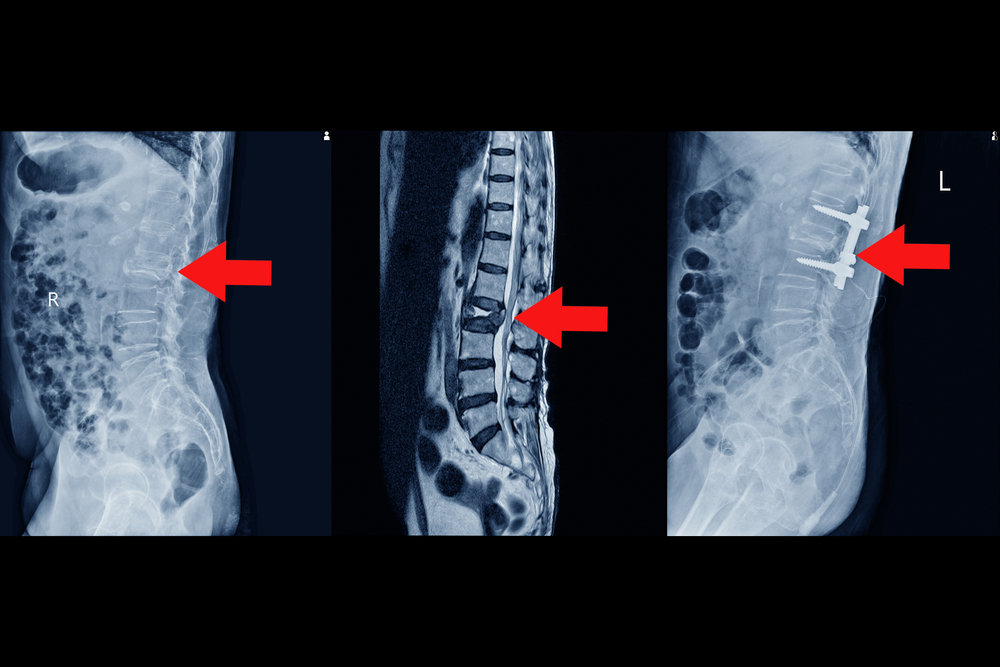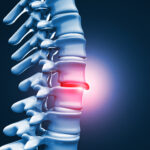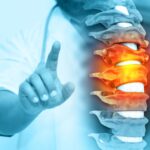
Thoracic Stenosis

Thoracic spinal stenosis refers to the narrowing of the spinal canal in the thoracic region of the spine. The spine is divided into three main sections: the cervical spine (neck), the thoracic spine (mid-back), and the lumbar spine (lower back). The thoracic spine is the region between the neck and the lower back, consisting of 12 vertebrae (T1 to T12).


Spinal stenosis is a condition where the open spaces within the spine narrow, putting pressure on the spinal cord and/or the nerve roots. In the case of thoracic spinal stenosis, the narrowing occurs in the thoracic spinal canal, potentially affecting the spinal cord and nerves in that region. Symptoms of thoracic spinal stenosis can vary but may include: Back pain that may be aching or sharp. Radiating pain extending to the chest, abdomen, or legs. Numbness or weakness sensation occurring in the legs or, in severe cases, in the upper and lower extremities. In rare cases, severe thoracic spinal stenosis can affect bowel or bladder control.
Book an appointment
"*" indicates required fields








